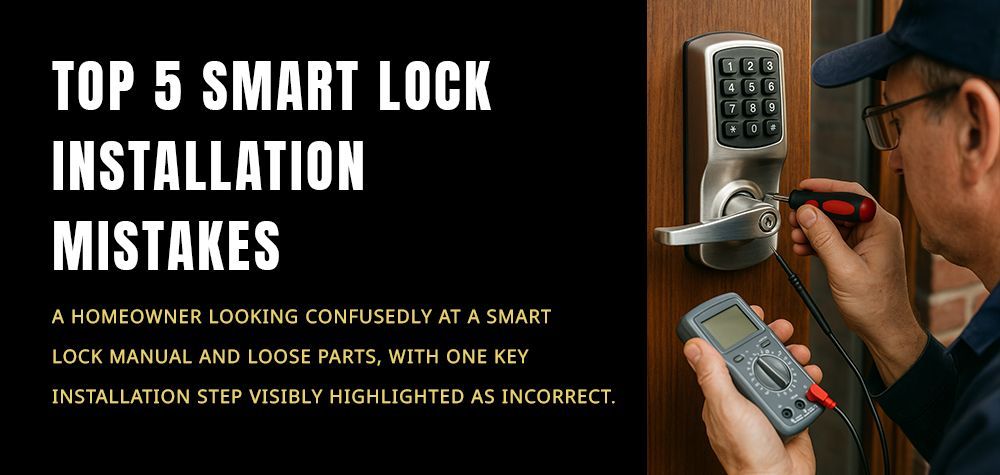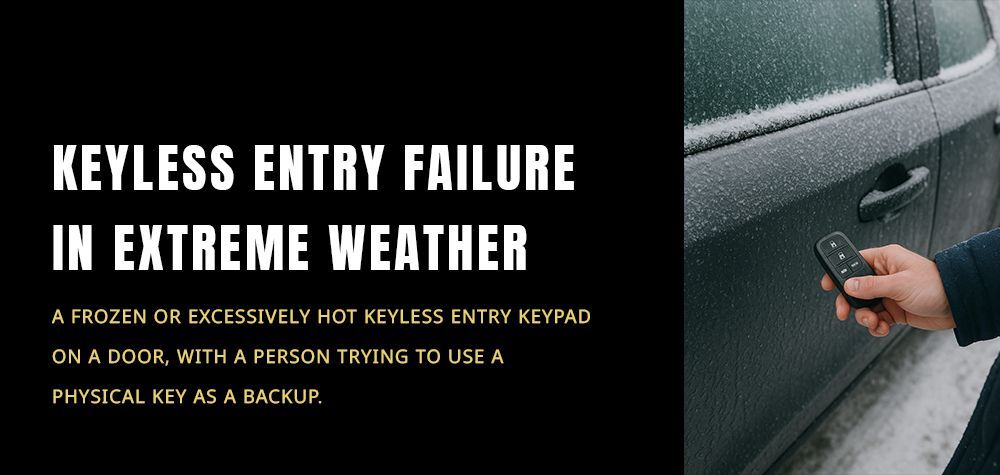Everything You Need to Know About Key Copy
In today’s world, keys are a vital part of daily life, offering both convenience and security. Whether it’s for your home, car, or workplace, having a spare key is a lifesaver in case of emergencies. However, the process of copying keys is often misunderstood, leaving people uncertain about the best practices for key duplication. In this detailed guide, we’ll walk you through everything you need to know about key copying—from the basics of how it works to the potential risks involved and expert recommendations for the best approach.
What is Key Copying?
Key copying is the process of creating a duplicate of a physical key. This can be done for a variety of reasons, such as providing a family member with a key to your home, getting a spare for your office, or simply making sure you're covered in case your original key gets lost. The process involves using a key cutting machine that duplicates the original key’s grooves and notches onto a blank key. While it sounds straightforward, there are a number of factors that influence how keys are copied, as well as key types that may require special attention.
How Does Key Copying Work?
Key copying begins with the original key, which serves as the template for the duplicate. A locksmith or key cutting professional will use a machine that holds the original key and a blank key in place. The machine then moves the blank key along the same path as the original, carefully copying its unique shape. The result is a key that mirrors the original's design, allowing it to operate the same locks. The process is quick and relatively simple, but the accuracy of the copy can vary depending on the machine, the key’s condition, and the skill of the technician.
When copying keys, it's important to remember that different types of locks require different kinds of keys. For instance, house keys typically use traditional cuts, while modern cars often employ transponder or chip keys, which involve more complex duplication methods.
Types of Keys That Can Be Copied
Not all keys can be easily copied, and some require specialized techniques. Here’s a breakdown of common types of keys and their duplication processes:
Traditional House Keys
The most common type of key found in homes, these keys are typically made of brass or steel and feature simple grooves along the blade. Because of their straightforward design, they are relatively easy to duplicate and can be made at most hardware stores or by a locksmith.
High-Security Keys
High-security keys are specifically designed to resist unauthorized duplication. These keys often feature complex patterns, harder materials, and additional security features such as electronic components. For example, Medeco and Schlage Primus are popular brands that make high-security keys. To copy these keys, you may need to go through authorized dealers or locksmiths who have specific permission to duplicate them. This added layer of security ensures that only authorized individuals can make copies.
Car Keys
Modern car keys are often equipped with transponder chips or key fobs that communicate with the car’s ignition system. When duplicating these keys, it’s essential to ensure that the copy has a functioning chip programmed to your vehicle. Typically, this requires visiting a dealership or a locksmith who specializes in automotive key duplication. Keep in mind that car keys with transponder chips or keyless entry systems are more expensive to duplicate than regular house keys.
Master Keys
A master key is used in systems where one key can open multiple locks, but each individual lock also has its own unique key. These keys are often used in commercial properties or apartment complexes. Because master keys offer higher levels of access, it’s important to ensure they are copied by a certified locksmith to avoid compromising the security of the entire system.
Key Cards
Used mainly in hotels or office buildings, key cards are not duplicated in the traditional sense. Instead, the information on the card is encoded and can be replicated using specialized equipment. If you lose a key card, it’s crucial to contact the relevant management team to deactivate it and issue a replacement card.
Risks Involved in Key Copying
While key duplication is generally safe, there are several risks associated with the process. These risks can be minimized with the right precautions. Here are some important factors to consider:
Unauthorized Duplication
One of the biggest risks associated with key copying is unauthorized duplication. This can happen if someone obtains access to your key and makes a copy without your permission. To prevent this, always keep track of who has copies of your keys and avoid leaving them in easily accessible places.
Poorly Cut Keys
Not all key duplication services provide the same level of quality. A poorly cut key may not work properly, and in some cases, it can cause damage to the lock. It's crucial to choose a reputable locksmith or key copying service to ensure the key is accurately duplicated.
Security Breaches
In some cases, key copying can inadvertently compromise security. For instance, if you’re using a high-security key, you should be cautious about who you entrust with duplication. Some locksmiths may not be authorized to cut high-security keys, and copying the wrong kind of key can result in a breach of your home or business's security system.
Step-by-Step Guide to Key Duplication
When it comes to duplicating your key, the process can be simple, but there are some things to keep in mind to ensure everything goes smoothly. Here’s a step-by-step guide to help you through the process:
- Choose a Trusted Provider
The first step in duplicating a key is to choose a trusted locksmith or key cutting provider. You can visit a hardware store, but for high-security or complex keys, it’s best to seek out a certified locksmith. Do some research and read reviews to ensure the provider is reputable. - Provide the Original Key
The provider will need to see your original key, so make sure it’s in good condition. A worn-out key may not be copied properly, so it’s important to replace or repair it if needed. - Select the Right Blank Key
The key cutter will need to select an appropriate blank key that matches the original. For example, some house keys may require a specific blank type or size, while car keys may require a blank designed for use with a transponder chip. - Cut the Key
The locksmith or technician will then use a key-cutting machine to carefully copy the key’s design onto the blank. This process typically only takes a few minutes for a simple key, but more complex keys, like car or high-security keys, may take longer. - Test the New Key
After the new key is cut, always test it to ensure it works as expected. Check it in the lock several times to make sure it turns smoothly and engages the locking mechanism properly.
Expert Recommendations for Key Duplication
To ensure your keys are copied correctly and safely, here are some expert tips:
- Use Authorized Locksmiths for High-Security Keys: If you have high-security keys, it’s important to use a locksmith who is authorized to duplicate them. This will prevent unauthorized access and maintain the security of your property.
- Don’t Copy Keys Too Often: Repeated key duplication can cause wear on the original, leading to errors in the copy. If you need to make multiple copies, make sure they’re done all at once, rather than over an extended period.
- Protect Your Keys: Avoid leaving keys lying around or handing them out to people you don’t fully trust. Consider using a key tracker to keep tabs on your spare keys, especially in shared living situations.
Preventive Measures to Protect Your Keys
Preventing key-related issues is just as important as knowing how to copy them. Here are some key safety measures to ensure your keys remain secure:
- Lock Your Keys in a Safe Place: Avoid leaving spare keys outside or under a mat. Instead, keep them in a lockbox or with a trusted family member or neighbor.
- Change Locks When Necessary: If you suspect that your keys have been duplicated without your knowledge, it’s a good idea to change the locks or rekey them to restore security.
- Be Cautious of Who You Give Keys To: Be mindful of who has access to your keys, and ensure they understand the responsibility that comes with it. For example, when giving a key to a house sitter or a trusted friend, make sure they don’t make copies without your permission.
Conclusion
Key duplication is a simple yet crucial task that plays a vital role in ensuring the security and convenience of your property. While the process is straightforward, it’s essential to understand the various types of keys, the risks involved, and the best practices to ensure your keys are copied safely and accurately. By following expert recommendations and preventive measures, you can maintain the security of your home, vehicle, or office without compromising on convenience. Remember, a properly duplicated key is a tool that can save you time, money, and a lot of hassle—so it’s worth taking the time to get it right.
Call Us Any Time!







